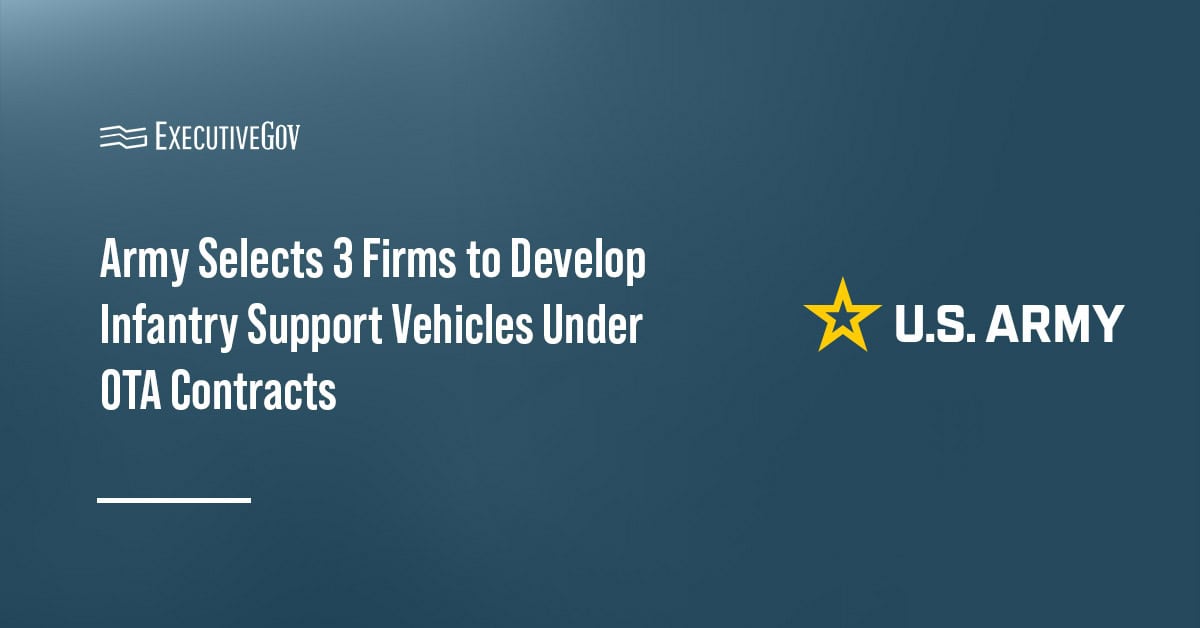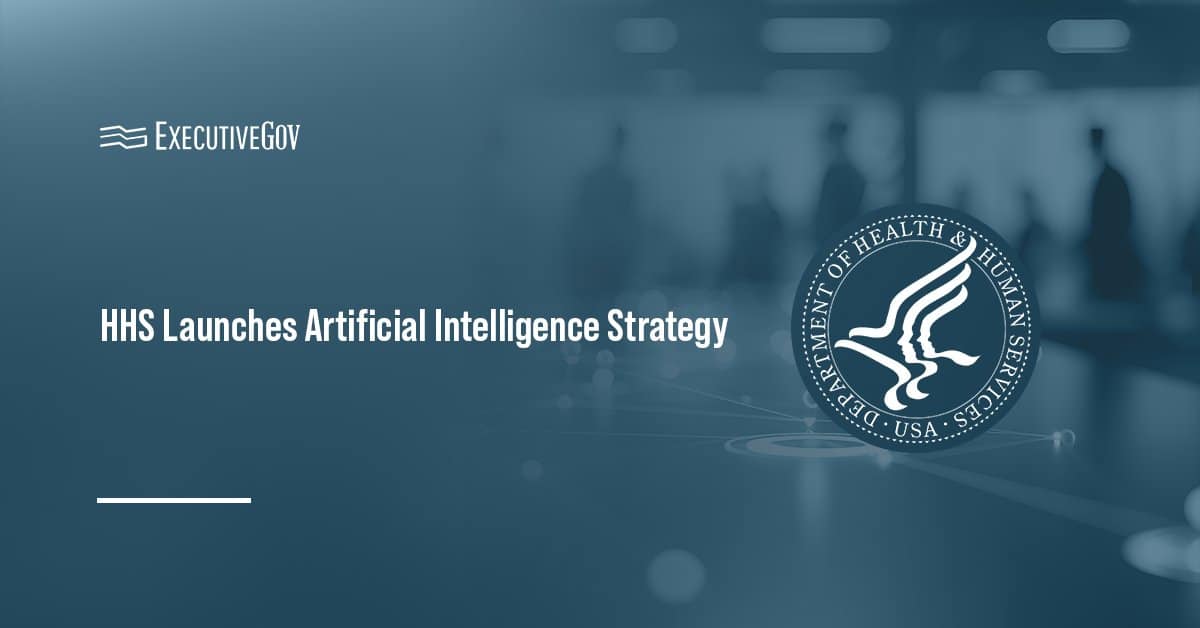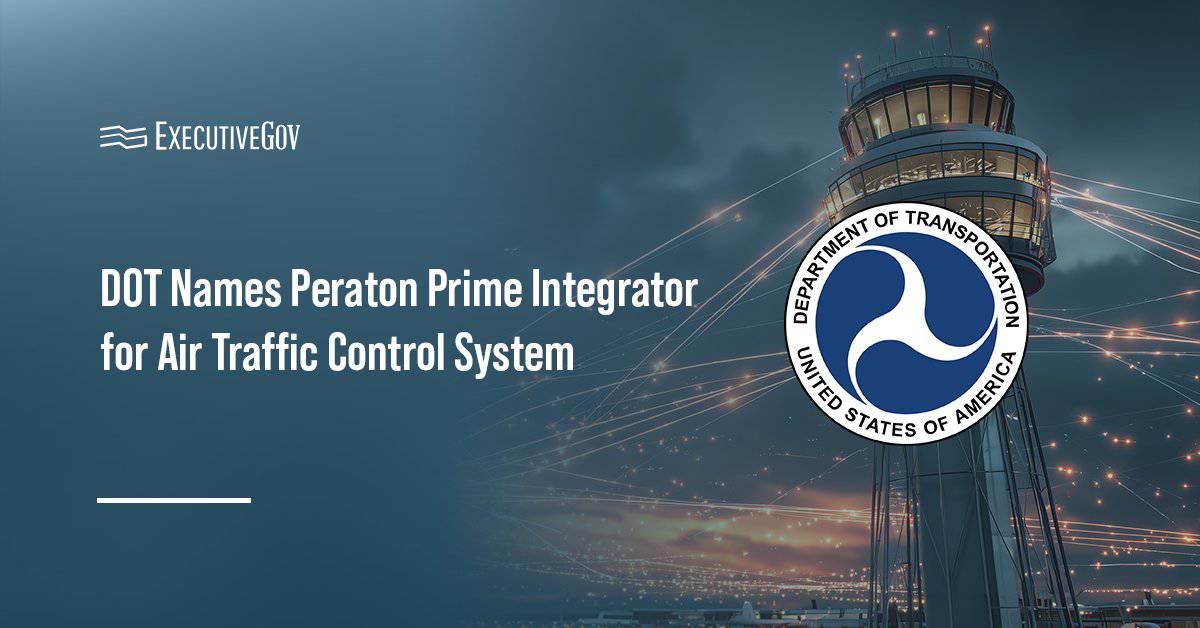Three companies—Forterra, Overland AI and Scout AI—have secured other transaction authority agreements worth $15 million from the U.S. Army to test the conversion of infantry support vehicles, or ISVs, into autonomous vehicles.
Table of Contents
Army Unmanned System Autonomy Contract Details
Under the Unmanned Systems Autonomy, or UxS, contracts, the companies will integrate commercial autonomous mobility technology into Army formations, the service branch announced on Wednesday. Each of the firms will install autonomous solutions on ISVs and provide prototypes for soldier demonstrations and evaluations in May 2026. The Army will use the demonstrations and evaluations to decide how to use and potentially expand the technology to other ground vehicles.
Overland AI Co-founder and President Stephanie Bonk told Breaking Defense that the company will install its autonomy software, Overdrive, and its hardware system, Spark, on the ISVs. After that, the upgraded ISVs will be sent to soldiers in the 3rd Brigade, 10th Mountain Division at Fort Polk for six months of testing, which will include a Combat Training Center rotation.
Army’s Ken Berrier, Overland AI’s Stephanie Bonk, Scout AI’s Colin Otis and Forterra’s Pat Acox Share Thoughts
Commenting on the award, Col. Ken Bernier, the project manager for Future Battle Platforms, said, “We are looking forward to seeing how our industry partner’s autonomy solutions perform on vehicles while performing relevant military missions.”
“This effort will serve as an opportunity for the Army to assess the reliability of commercial autonomy and their ability to deliver real operational value to Soldiers in the field,” he added.
Bonk said the initiative will serve as the Army’s “springboard for ground autonomy.”
“This is going to really define where the Army is going in the future, whether it continues to be ISVs or some other vehicle,” she added.
Collin Otis, Scout AI’s co-founder and chief technology officer, said the effort was a “super positive” step for the Army in its pursuit of next-generation AI systems.
“For us, it’s been super positive to see them rapidly onboarding that technology. It’s obviously a lot lower cost, it’s a lot higher capability and it is already at rate in terms of production and manufacturing,” Otis remarked.
Forterra Vice President for Defense Business Development Pat Acox said, “Our job is straightforward: build systems that work in the field and make the soldier’s mission easier, not harder.”





